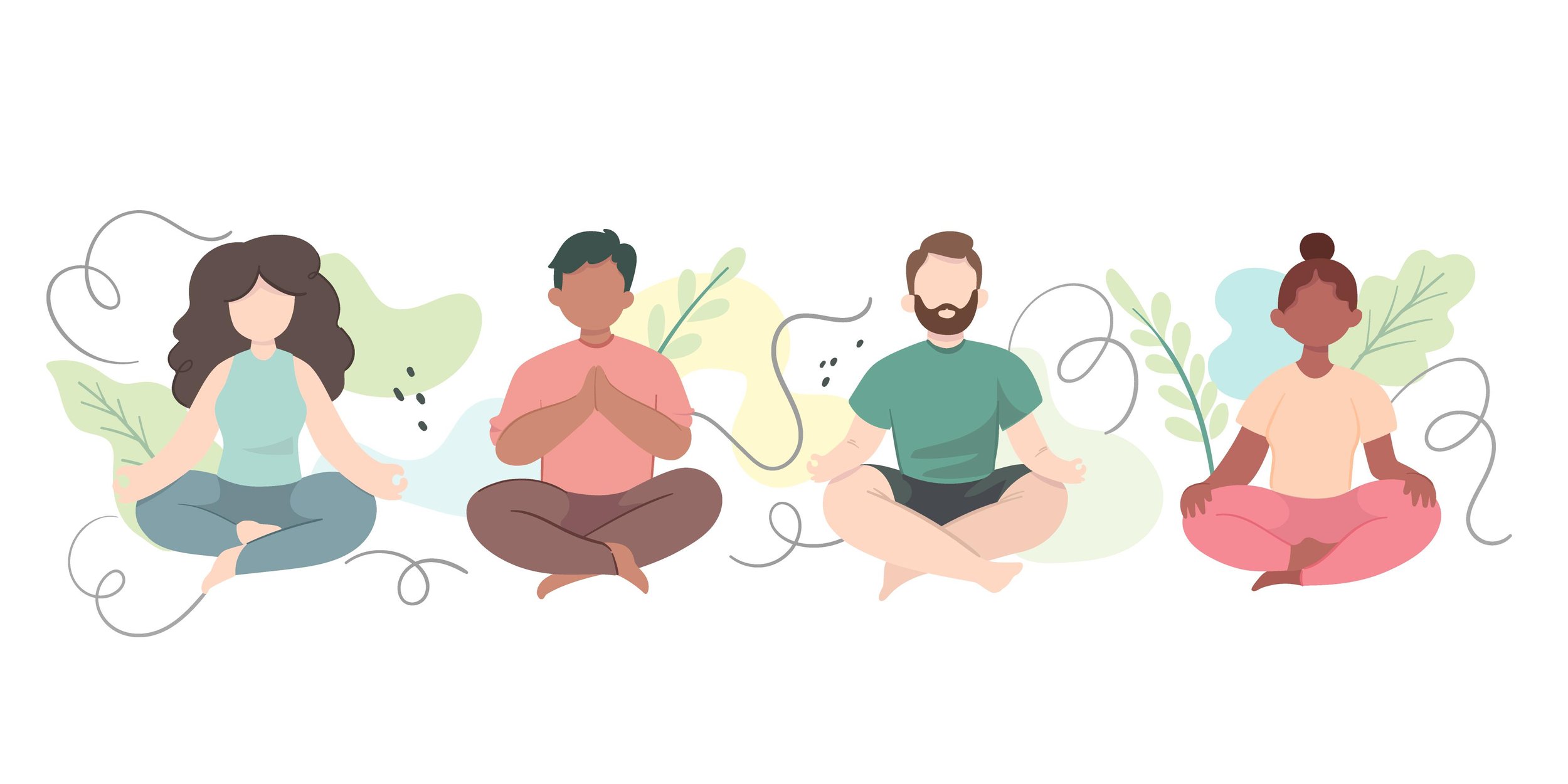Back to School Blues: Tips and Tricks for Helping Your Kids Study
/By Nicole Marino, AMFT
With school being a few months in now, kids are back to doing homework and studying. The transition back into work from the fun of the summer can be tough. It can be hard for kids to switch back into having to do homework and focus on lessons throughout the day. It is important to make sure your kids are having an effective and productive study time.
Here are some helpful tips for any parents struggling to get their kids to complete homework assignments or study for tests/quizzes:
Eliminate any distractions
Kids can be distracted by things in their environment such as toys, tv, music, siblings, electronic devices, etc. so it is important to make sure they have a clean and clear study space where they can just focus on the tasks at hand. It is also a good idea for kids to have a specific space where they do their homework preferably not in the same space as where they like to relax or go to sleep. It can be helpful and more motivating for kids to have a space that they can associate with being focused and working.
Break things up into smaller tasks
It can be very overwhelming to cram a lot of work or studying into one session or night so make sure to break up the work. Break large tasks or assignments into smaller ones. It can help kids feel more accomplished by completing each smaller task rather than getting discouraged by a large task that takes a long time.
Create a schedule
Creating a homework/study schedule can give kids more structure to their after-school time. They know when to start their homework, and when they can have breaks, have dinner, go to sleep, etc. Having a schedule can also help keep them focused and on the task at hand.
Take breaks
It is so helpful to take breaks when it comes to maintaining focus. When we get tired or distracted, it probably means it is time to take a break. Maybe that means taking a break after a specific amount of time has passed or when a certain homework assignment or task is completed. It can be an opportunity for kids to have a reset and some time to recharge before getting back to it.
Have snacks and water
As discussed above with taking breaks, it is also important that kids are not hungry or parched during their homework or studying time. Having snacks and water before studying (or during breaks) can help with focus and energy levels. Making sure kids are getting enough hours of sleep each night also helps with focus and energy.
Motivate and help when needed
Parents are obviously a big factor when it comes to implementing productive study habits. Kids need help with encouragement and positive reinforcement from parents to help motivate them to maintain their hard work and habits. If kids are struggling, try to stay patient when it comes to helping them, or finding a tutor or teacher than can better guide them on how to solve the problems.
It is not always easy to get kids to study or do their homework, but it is important for parents to stay diligent and consistent with implementing these habits and tips. The more they do these tricks, the more natural it will become for them to continue doing them after school each day.




















